Table of content
Introduction
Brown sugar, often hailed for its rich, caramel-like flavor and myriad health benefits, has become a staple in many kitchens worldwide. Unlike refined white sugar, brown sugar retains some of the molasses content, giving it a darker hue and a more complex taste. However, with the increasing popularity of brown sugar, there has also been a surge in the availability of impure or adulterated versions, making it challenging for consumers to discern genuine pure brown sugar from its inferior counterparts. This article aims to provide a comprehensive guide on how to correctly identify pure brown sugar, ensuring that you get the highest quality product for your culinary and health needs.
Understanding Brown Sugar: A Brief Overview
Before diving into the specifics of identification, it’s crucial to understand what brown sugar is and how it’s produced. Brown sugar is a type of sucrose that has undergone minimal refining compared to white sugar. During the refining process, cane juice is boiled to crystallize the sugar. For brown sugar, some of the molasses (a syrupy byproduct of sugar cane processing) is retained, which gives it its characteristic color and flavor. The amount of molasses retained determines the grade and color of the brown sugar; the more molasses, the darker and richer in flavor it is.
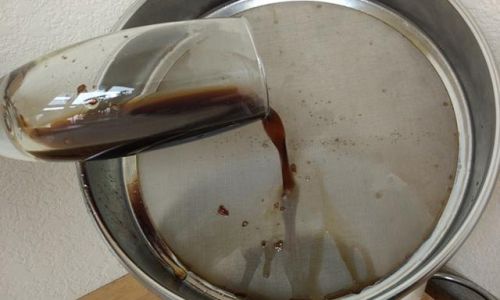
Types of Brown Sugar
There are primarily two types of brown sugar: light and dark. Light brown sugar contains less molasses and has a lighter color, making it suitable for recipes where a subtle sweetness and caramel flavor are desired. Dark brown sugar, on the other hand, has a higher molasses content, resulting in a deeper color and a stronger, more robust flavor. It is often used in recipes calling for a deeper, richer taste profile.
Importance of Pure Brown Sugar
Pure brown sugar not only enhances the taste of baked goods, beverages, and desserts but is also believed to offer health benefits due to its trace minerals and vitamins retained from the molasses. Impure brown sugar, often mixed with artificial additives or refined sugars, lacks these natural benefits and can sometimes even have adverse effects on health. Therefore, identifying pure brown sugar is essential for both culinary excellence and health-conscious consumers.
Signs of Pure Brown Sugar
Color and Texture
Pure brown sugar has a natural, earthy color ranging from light amber to dark brown, depending on the molasses content. Its texture should be slightly granular, with a slight stickiness due to the molasses. If the sugar appears too uniform in color or has an unnatural shine, it may indicate the presence of additives or excessive processing.
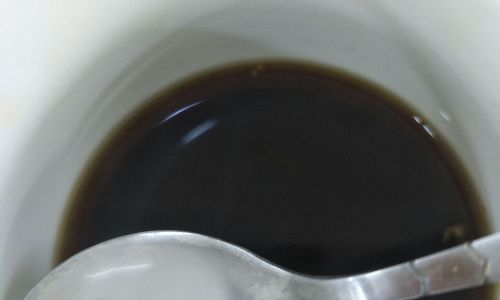
Aroma
One of the most distinctive features of pure brown sugar is its aroma. When you open a packet of pure brown sugar, you should be able to detect a warm, caramel-like scent. This aroma is derived from the molasses and is a clear indication of its authenticity. If the sugar smells artificial or lacks any discernible aroma, it’s likely not pure.
Taste
Taste is another critical factor in identifying pure brown sugar. Pure brown sugar should have a rich, slightly malty flavor with hints of caramel and a slight bitterness from the molasses. If the sugar tastes overly sweet or lacks complexity, it may be blended with refined sugar or other sweeteners.
Moisture Content
Pure brown sugar tends to be slightly moist due to the molasses content. This moisture helps in maintaining its granular structure and prevents it from becoming too hard or crystalline. If the sugar feels excessively dry or has formed large, hard clumps, it may have been stored improperly or contains additives that affect its moisture balance.
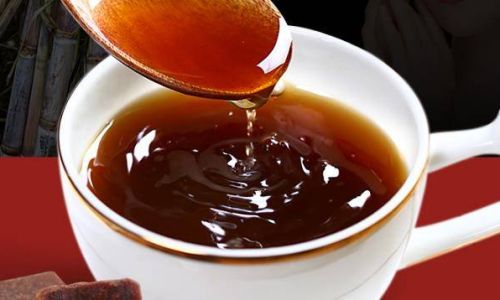
Label and Ingredients
Always check the label and ingredients list when purchasing brown sugar. Pure brown sugar should have minimal ingredients, typically just cane sugar and molasses. Any additional ingredients, such as anti-caking agents, preservatives, or artificial colors, are signs that the product may not be pure.
Brand Reputation
Choosing a reputable brand can also help ensure the purity of the brown sugar. Established brands with a history of producing quality products are more likely to adhere to strict quality control measures and use genuine ingredients. Reading reviews and seeking recommendations from trusted sources can provide insights into which brands offer the best pure brown sugar.
Country of Origin
The country of origin can also be a clue. Some countries have stricter regulations regarding sugar production and labeling, which can increase the likelihood of obtaining pure brown sugar. However, this is not a foolproof method, as even countries with stringent regulations can have manufacturers who cut corners.
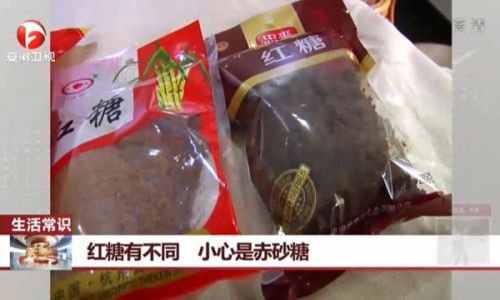
Certifications and Standards
Look for certifications and standards that indicate the sugar has been produced and processed according to high-quality standards. Organic certifications, fair-trade labels, and other quality marks can provide assurance that the brown sugar you’re buying is pure and ethically sourced.
Price
While price should not be the sole determinant of quality, pure brown sugar often costs more than its impure counterparts due to the higher production standards and genuine ingredients used. If the price seems too good to be true, it might be a red flag indicating that the product is not pure.
Testing at Home
For those who are particularly discerning or suspicious, simple home tests can be conducted. Dissolving a small amount of brown sugar in hot water and observing its color and taste can give insights into its purity. Pure brown sugar should produce a dark, slightly cloudy solution with a rich, caramel-like flavor.

Conclusion
Identifying pure brown sugar requires a combination of visual inspection, sensory evaluation, and careful reading of labels. By paying attention to the color, texture, aroma, taste, moisture content, ingredients list, brand reputation, country of origin, certifications, price, and conducting simple home tests, consumers can increase their chances of obtaining genuine pure brown sugar. Remember, pure brown sugar not only enhances the taste of your recipes but also offers potential health benefits, making the effort to identify and purchase it worthwhile. With this guide, you can confidently navigate the market and ensure that your kitchen is stocked with the highest quality brown sugar available.
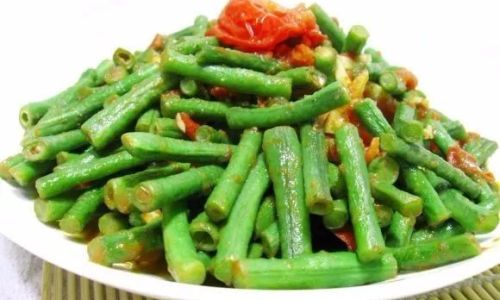
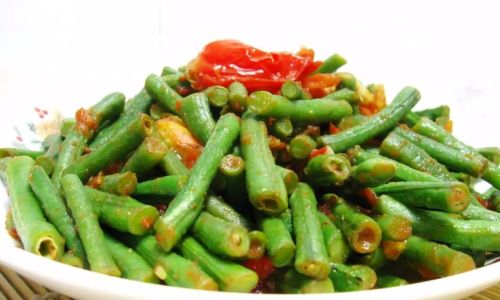
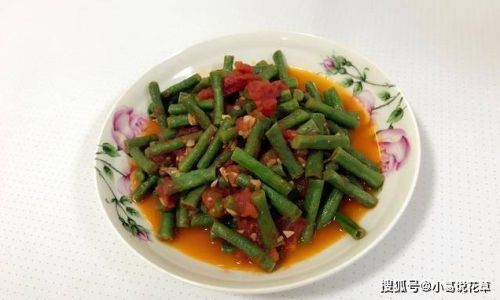
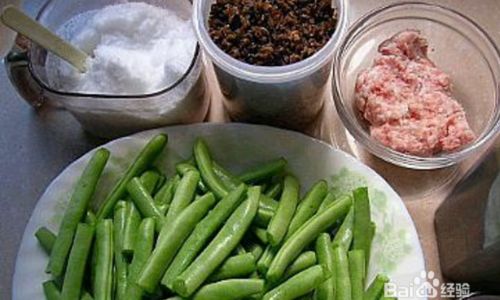
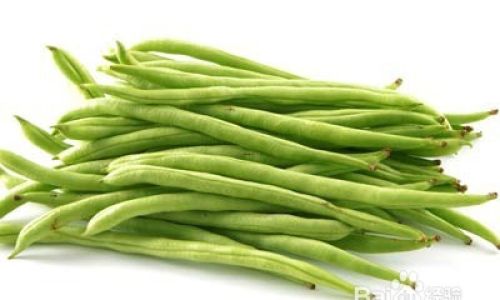

0 comments